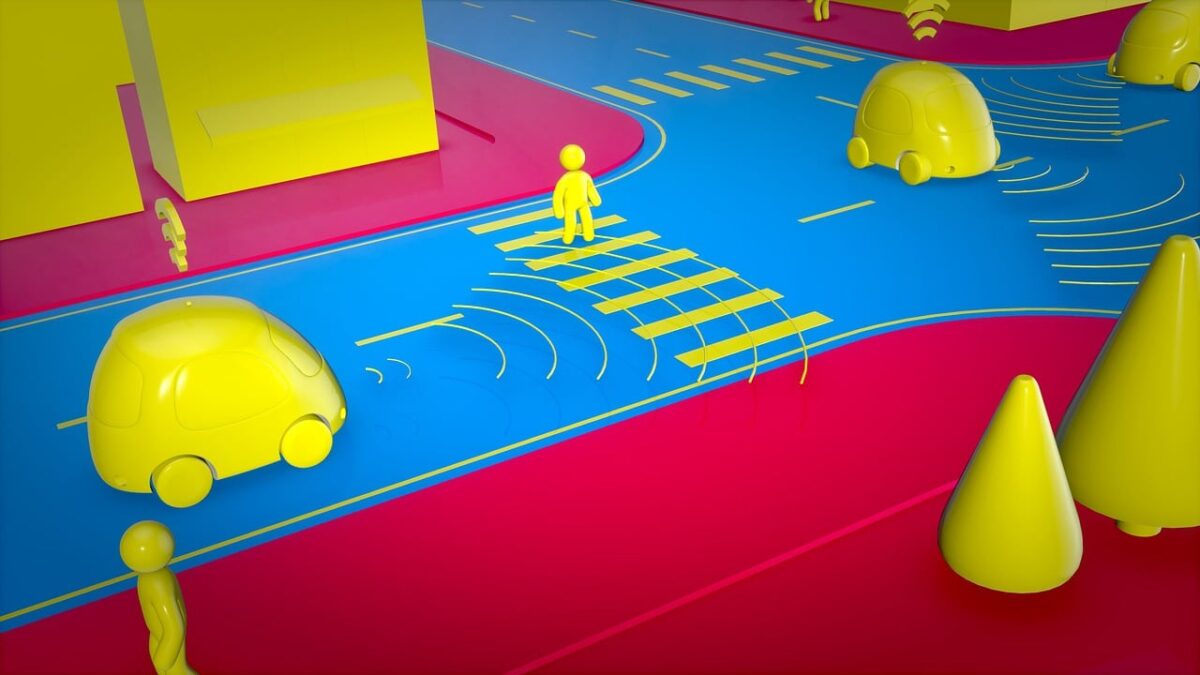
When you think about self-driving cars, what comes to mind? Do you ever wonder if they are truly safe to be on the road with other vehicles driven by humans? Back in 2018, an Uber self-driving car killed a pedestrian, and this event has led to many questioning the safety of these autonomous vehicles.
In a corroborative study conducted by the MIT AgeLab and AAA, it was revealed that women, in general, do not trust self-driving cars. In AAA study, as much as 71 percent of people are still wary about riding in a fully autonomous vehicle. The anxiety is most notable in women, with 79 percent of women feeling doubtful about self-driving vehicles, and over 62 percent of men admitting that self-driving cars also worry them. The same result was noted in MIT’s AgeLab. Only about 14.3 percent are confident about riding in these vehicles.
Safety Issues of Autonomous Vehicles
Based on statistics, it would appear that self-driving cars are safer than human-driven vehicles. According to the Association for Safe International Road Travel, each year close to 37,000 people die as a result of car accidents, and most of these are due to human error. The Uber incident in 2018 was a result of a distracted human supervising the Uber. Using this basis alone, one can say that, indeed, autonomous cars are safer. They cannot get distracted. They don’t get drunk. They will not run red lights. In fact, Google teaches its self-driving cars to address problem spots through population-based training. The mere fact that these AIs are highly trainable edges out humans who can sometimes be stubborn.
Self-driving vehicles can adhere to set rules, while human drivers are often unpredictable. However, this depends on the situation. Self-driving cars function based on what they were programmed to do. Often, they would avoid potential crashes, but it lacks context. They do not have the capacity yet to adjust. For instance, a human driver can decide if it would be better to crash the car on the curb to avert a potentially more dangerous crash ahead. Also, most of the tests done for these autonomous cars were conducted in the U.S., so there is still limited data on performance in adverse road conditions.
Some drivers do not like the idea of sharing the road with self-driving cars, especially after a University of California, Santa Cruz study revealed that self-driving cars could only worsen traffic.
Another issue to think about is this: In case of an accident involving a self-driving car, who is responsible? Who will the victims go after? The manufacturer or the owner of the vehicle? Or the victim who was distracted? For more info about car accidents like this, it’s best to consult your lawyer.
NHTSA Promoting Self-Driving Cars
According to the National Highway Traffic and Safety Administration, they are fully supporting the advancement of self-driving technology. They believe that it can reduce fatal traffic accidents as it can remove human error from the road safety equation. The administration claims that if the goal of full automation was achieved in 2016, over 35,000 people would still be alive today, and millions did not have to suffer traumatic injuries.
While the agency positively reports progress in their programs, that goal of full automation is far from becoming a reality. The federal agency proudly claims that some car and truck technologies in place can significantly help drivers prevent sudden lane changes and lane drifts. Other technologies apply automatic brakes when a vehicle in front makes a sudden stop or abruptly slows down. Vehicular technology such as sensors can help in avoiding pedestrians and other safety barriers.
Safety on the road is a top priority, so there’s nothing wrong with adapting to changes such as accepting the dawn of self-driving cars. In terms of safety, self-driving cars and human drivers still have much to improve on.
This is a collaborative article.
The News Wheel is a digital auto magazine providing readers with a fresh perspective on the latest car news. We’re located in the heart of America (Dayton, Ohio) and our goal is to deliver an entertaining and informative perspective on what’s trending in the automotive world. See more articles from The News Wheel.










